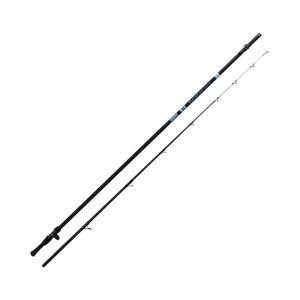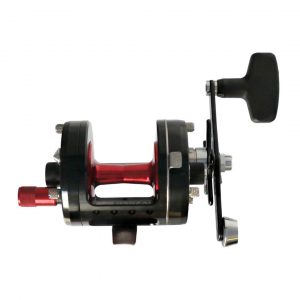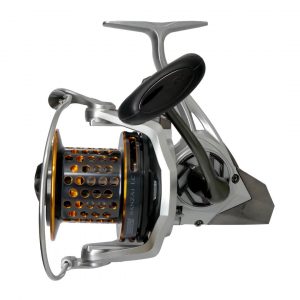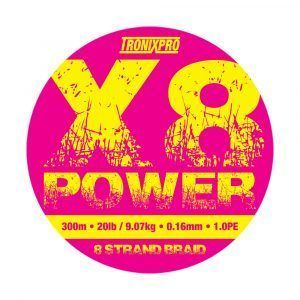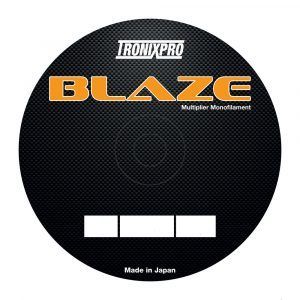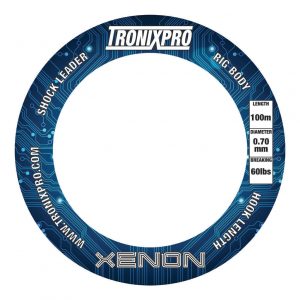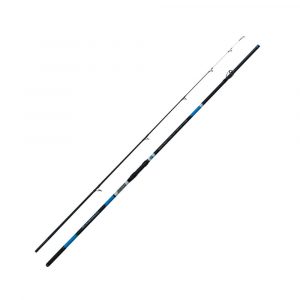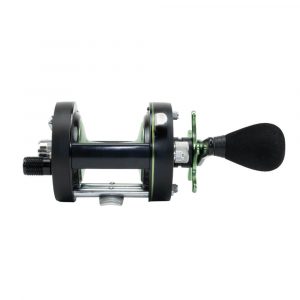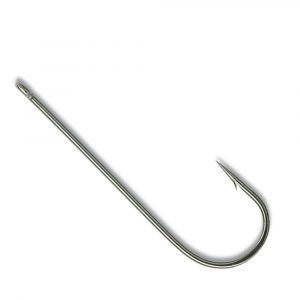Coalfish up to about 3lbs can be a common catch from the shore in winter, especially in Wales and the northern half of the UK. They are a target for matchmen due to their usually good numbers, but also for freelance anglers, as they bite freely and fight well for their size.
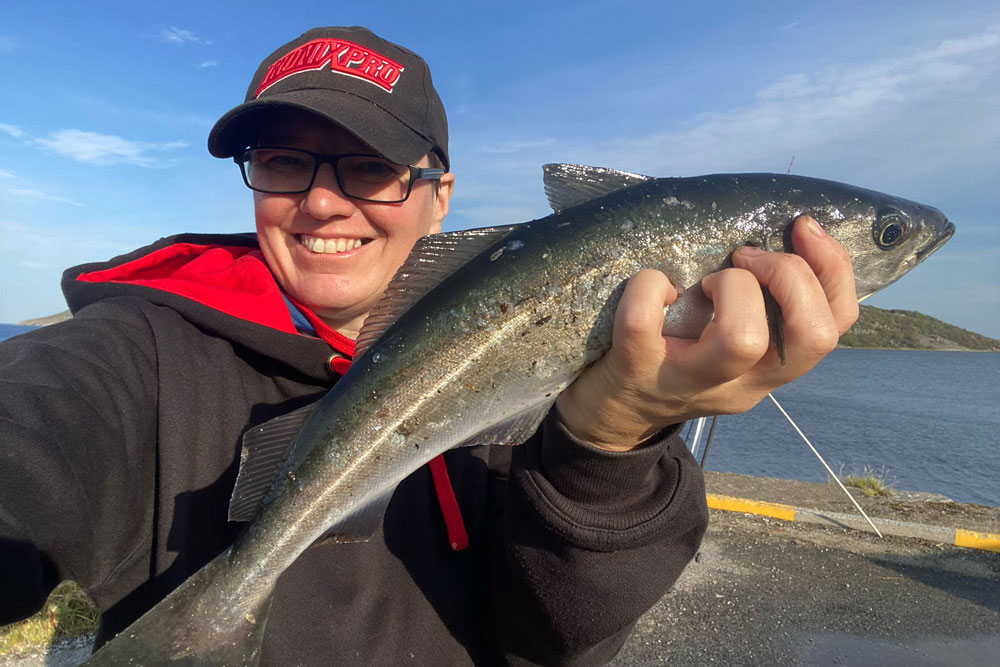
When to Fish
Although small coalfish can be caught in summer, especially inside harbours, the recognised season is from October to late March, with late November to early March being the peak time. The bigger fish often occur January to late February, especially off the beaches.
Where to Fish
They enter estuaries taking up station inside harbours, but also in the main estuary channels where deeper holes occur that channel the tide, though they tend to congregate in areas just off the main run of tide in back eddies and behind sandbanks. They also run the inner edges of the main channels over sand and clean mud but are also caught in any mixed rough ground.
Arguably, the best fishing is on the surf beaches. The shoals of coalfish will run the surf line and will be close in under 50-yards out but often in the first 20-yards from the dry sand line. They will also seek out the slightly deeper parallel gullies along the beach, and again fishing near to the edges of rougher or broken ground can increase the catch rate. If there is a small stream or some inflow of freshwater onto the beach, this is another reliable spot to try. They do not, though, like flood water that browns up the inner surf line after heavy rain.
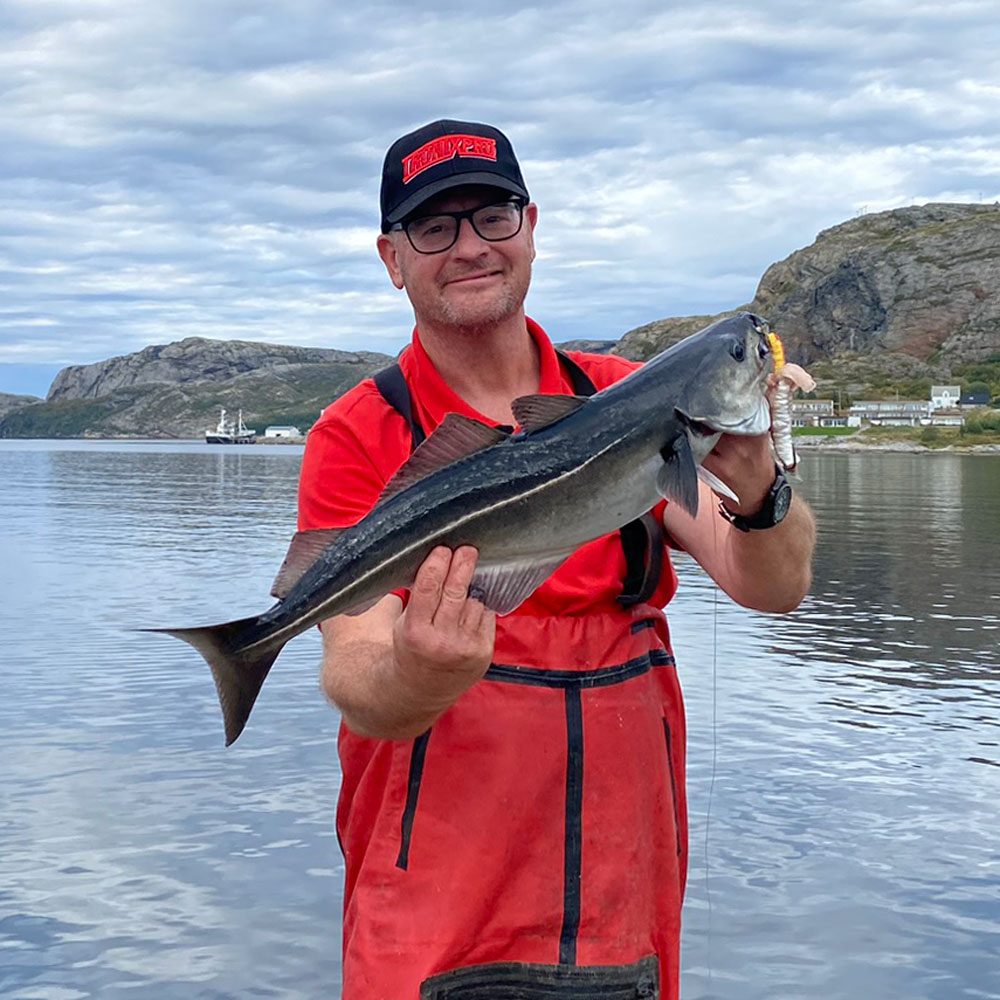
Weather and Tides
Coalies like some surf running. Good conditions are when there is a Force 2 to 4 onshore wind blowing, but on slightly deeper beaches rougher surf conditions will also produce. They will also be caught in calmer conditions but tend to be further out and show in lesser numbers.
They can be caught in daylight if there is some slight colour in the sea and there is an overcast sky, but by far the best fishing is during the dark hours, with the best number of fish showing when the flood tide is wholly in the dark.
Expect action from low water onwards, though the best of the fishing is in the middle hours of the flood. Choose the middle-sized to big spring tides. The smaller neap tides will not fish as well. That said, in estuaries with a fast tide flow the smaller neap tides may be the best to fish when the tide run is less severe. The coalies enter the estuaries with the flood tide, but peak catches occur as the tide is picking up and will ease off during the middle flood period when the tide flow is strongest. Again, daylight will produce, but nighttime will give the greater catches. Heavy flood water in the estuary will reduce catches to a noticeable degree.
Tackle
For surf fishing, a 12 to 13ft match type rod with a supple tip but casting 3-6ozs is ideal. It allows you to fish at close or long range and maximises bite detection. Suitable reels would be an 8000 sized fixed spool carrying 300 metres of 30lb braid plus backing. Add a 60/80lb braid shock leader for casting. Alternatively, a 6500 sized multiplier loaded with 18lb line and a 60lb shock leader.
The same tackle can be used inside the estuaries, but in calmer conditions and at very close range, consider a lighter 11’6” bass rod rated 2-4ozs. This can be matched to a 5000/6000 sized reel holding 20lb braid and a 30lb braid shock leader, or a 6500-multiplier loaded with 15lb line and a 30lb mono leader.
A 3-hook flapper rig made from 60lb clear mono and with short 12 to 16-inch 20lb Fluorocarbon hook lengths will cover most surf and estuary fishing. Make the rig with the lower hook length positioned tight behind the lead link to give one bait hard on the seabed. Hook should be Aberdeen patterns sizes 2 to 1, perfect for all situations.
In the surf, use release wired leads, as the coalies will mostly self-hook against the weight of the anchored lead. In estuaries, letting a plain lead drift with the current can find the bait washed in to coalies hotspots.
Baits
Successful baits are black and blow lug, especially blow lug, less so ragworm though this can still be effective inside estuaries, and peeler crab. Mussel is an excellent bait both on the beaches and in estuaries. Razorfish can also work well, especially in slightly coloured settling seas after a gale. Fish baits can catch, especially sandeel in short sections, but will not deliver the numbers that worm will.
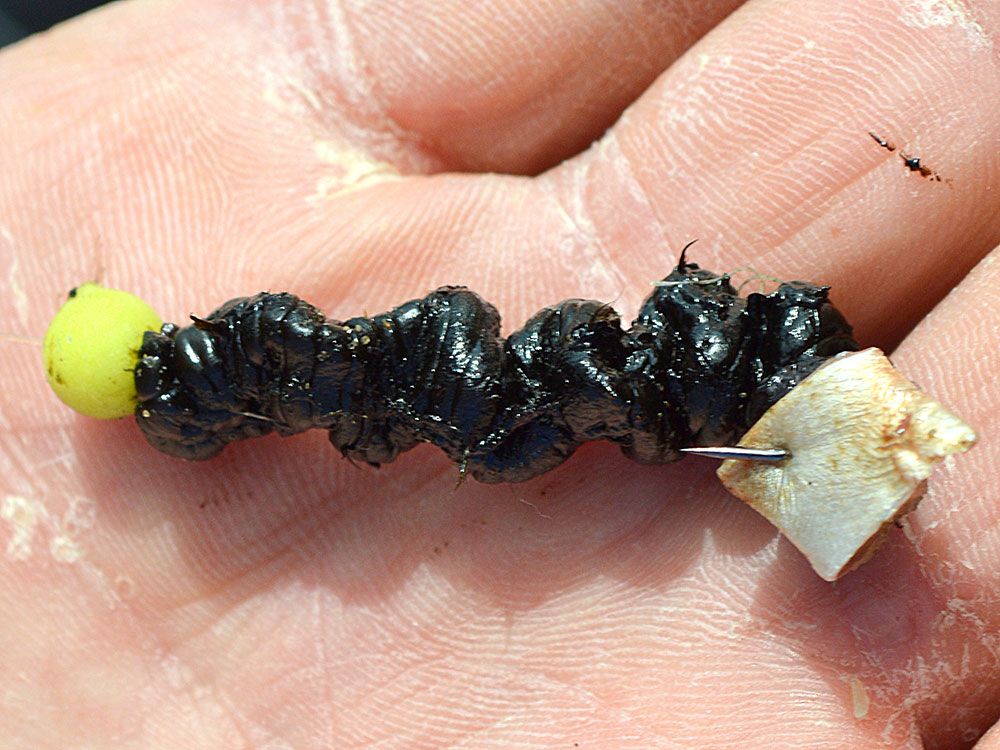
Tipping lug baits with small strips of squid or adding a single mussel to the hook point below the lug works well and can add extra fish to the bag when bites are slow.
Tactics
The key is not to cast too far. Coalies can be caught with your leader knot visible and not even in the water! The coalies will be right at the edge of the surf during the flood tide unless the surf is heavy, when they’ll seek out the slightly deeper water where the waves initially start to form. This means you need to position your rods parallel with the tide line and drop the rod tips as low as you can on the rod rest so that the line enters the waves at a shallow angle to improve bite detection and keep the baits tighter to the seabed where the coalies hunt.
To keep the baits closer to the seabed, also try staggering the lengths of the hook traces. The lowest one can be just 10-inches in length, the middle hook-length 13-inches, and the top hook-length 16-inches. This works especially well in lighter surf conditions and inside estuaries as it adds more movement to the middle and top baits but also allows the baits to sit closer to the seabed when the tide flow is lighter, and you’re fishing to a tight line.
Coalfish tend to be in shoals of similar sized fish, so numbers of smaller fish can be expected to be caught, but then there will be a pause in bites then fewer but larger fish may be expected. You’ll often find that bigger coalfish also swim with sizeable school bass, with a double take of coalie and bass relatively common on the beaches.
In slightly coloured seas, adding one or two size 4mm luminous beads and charging these with a Tronixpro UV Torch or even your mobile phone torch can increase bites as being a shoal fish coalies are inquisitive, plus plankton glows green in the surf when activated by movement which will draw in the fish. Another trick is to use a luminous lead, as again this will attract the passing fish.
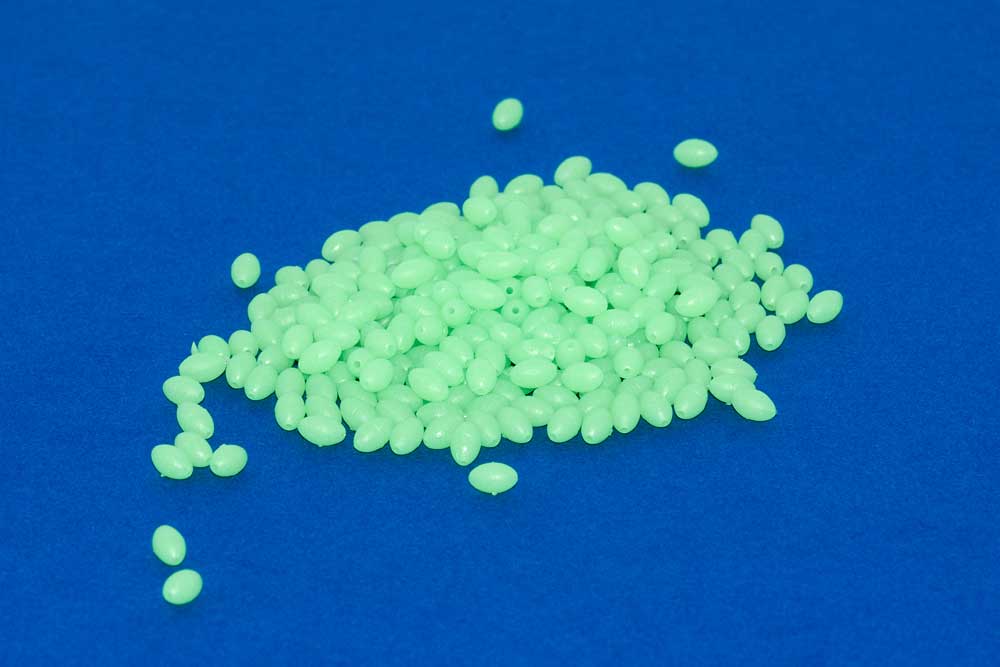
When you re bait, any old bait you take off the hook, drop this into the edge of the surf. This will then wash outwards with the drag back of the waves and acts as a groundbait that will bring the fish in closer to the immediate ground in front of you. Some successful match anglers targeting coalies use coarse fishing caged feeders filed with bits of lug, crab, and a fish-based groundbait to draw the fish in to their baits.


